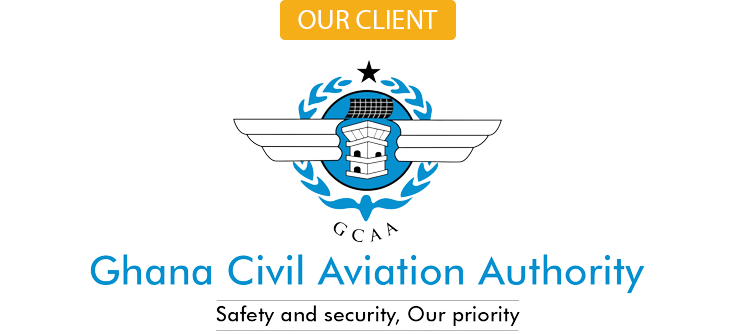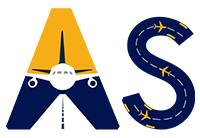Introduction
In the dynamic world of aviation, efficient management is crucial for success. One critical aspect often overlooked is aeronautical billing. A well-functioning aeronautical billing system can significantly enhance operational efficiency, improve revenue generation, and foster stronger relationships with airlines and other stakeholders.
Key Factors to Consider
When selecting an aeronautical billing system, consider the following factors:
- Integration Capabilities: Ensure seamless integration with existing aviation systems like Flight Information Systems (FIS), Departure Control Systems (DCS), and Passenger Information Systems (PIS) to avoid manual data entry and streamline workflows.
- Legacy and Vendor Reputation: Research the vendor's track record and experience in the aviation industry. A reputable vendor with a proven history of delivering reliable solutions is essential.
- Uptime and Error Rates: Rates: Look for a system with a high uptime rate and minimal errors to ensure uninterrupted operations and minimize disruptions.
- Compliance Standards and Governance: Verify that the system adheres to industry regulations and standards, such as IATA's Resolution 338, to avoid penalties and maintain compliance.
- Data Privacy and Security: Prioritize a system with robust security features to protect sensitive aviation data, including passenger information and financial transactions.
- Interoperability: Ensure compatibility with other systems used in the aviation industry, such as accounting and financial management software.
- Access Controls and Viewpoint Customization: The system should allow you to control access to different features and data based on user roles and customize the interface to meet specific needs.Access Control will also make sure of user activities across the solution to avoid any future disputes.
- Scalability and Periodic Updates: Choose a system that can accommodate your organization's growth and receive regular updates to stay current with industry trends and regulations.Also, new module development should be hassle free without much changes in core system.
- Data Backup and Recovery: A robust backup and recovery plan is essential to protect your data in case of system failures or disasters.
- Analytics and Report Support: Look for a system that provides comprehensive reports and analytics to track performance, identify trends, and make data-driven decisions.
- Ease of Access: The system should be user-friendly for both aviation professionals and airlines to minimize training and support requirements.
- Remote Access Controls: Consider the need for remote access capabilities to allow authorized users to access the system from different locations.
- Flight Movement Data Import: The system should efficiently import flight movement data, either automatically or through manual upload. This data should be used to calculate various charges accurately. Here, In case of manual upload – you need to make sure that the format of manual data should cover all aspects of your customized needs.
- Parameter Configuration: The system should allow for flexible parameter configuration to calculate flight approach, arrival, departure, overflight, landing, en route, and long-haul charges based on specific airport rules and regulations.
Key Billing Components
An effective aeronautical billing system should be able to accurately calculate and charge for the following components:
- Flight Approach Arrival: The fee charged for an aircraft approaching an airport for landing.
- Flight Approach Departure: The fee charged for an aircraft taking off from an airport.
- Landing Charges: The fee charged for an aircraft landing on the airport runway.
- Overflight Charges: The fee charged for an aircraft flying over the airport's airspace without landing.
- En Route Charges: The fee charged for an aircraft navigating through the airport's controlled airspace.
- Long Haul Charges: The fee charged for long-haul flights that utilize the airport's facilities for extended periods.
- Passenger Safety Charges: The fee charged for safety of the passengers while they are on airport
- Cargo Safety Charges: The fee charged for safety and handling of cargos maintained by aircraft.
- Parking Charges: The fee charged for aircraft parked on the airport's apron or ramp.
- Permit Charges: The fee for assigning permit number for non-scheduled flights.
Conclusion
Selecting the right aeronautical billing system is a strategic decision that can significantly impact your organization's operations and financial performance. By carefully evaluating the factors outlined above, you can choose a solution that meets your specific needs and drives efficiency, accuracy, and revenue generation in the aviation industry.
What our client says?

The Aviation Software Company proved exceptional throughout our project, consistently keeping us informed about progress. They demonstrated remarkable flexibility in accommodating our requests and were a pleasure to work with. Without hesitation, we wholeheartedly endorse them for future development endeavors.
Explore More

